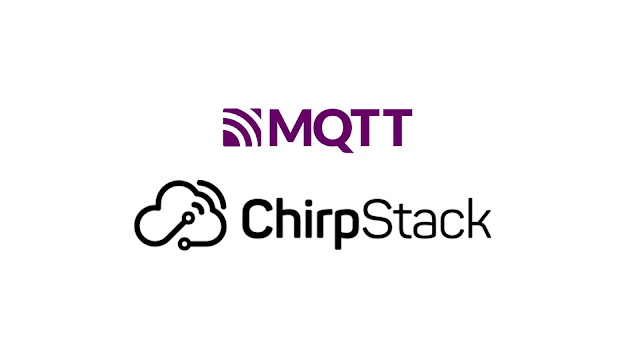How to Set up ESP32 in Arduino IDE
ESP32 is a low-cost, low-power system with integrated Wi-Fi and dual-mode Bluetooth on a chip microcontroller. The ESP32 series employs either a Tensilica Xtensa LX6 microprocessor in both dual-core and single-core variations, Xtensa LX7 dual-core microprocessor or a single-core RISC-V microprocessor and includes built-in antenna switches, RF balun, power amplifier, low-noise receive amplifier, filters, and power-management modules. ESP32 was created and developed by Espressif Systems, a Shanghai-based Chinese company, and is manufactured by TSMC using its 40 nm process. It is a successor to the ESP8266 microcontroller.
Manufacturer: Espressif Systems
Release date: September 6, 2016
Memory: 320 KiB SRAM
Power: 3.3 V DC
Predecessor : ESP8266
CPU : Tensilica Xtensa LX6 MP @ 160 or 240 MHz
1. Arduino IDE Download
- Download the latest Arduino IDE from here
- Install it
- Run Application
2. Arduino IDE configure
- In your Arduino IDE, go to File > Preferences
- Enter the following into the “Additional Board Manager URLs” field:
- https://raw.githubusercontent.com/espressif/arduino-esp32/gh-pages/package_esp32_index.json
- Then, click the “OK” button
3. ESP32 Install
- Open the Boards Manager. (Go to Tools > Board > Boards Manager)
- Search for ESP32 and press install button for the “ESP32 by Espressif Systems“:
- That’s it. It should be installed after a few seconds.
4. ESP32 Use
- Connect ESP32 to your PC by using a Data cable
- Tools > Board > ESP32Arduino > ESP32 Dev Module
- Tools > port > COM* (USB port select)
5. Upload the sketch
Serial.begin(115200);
}
void loop() {
Serial.println("Hello World");
delay(3000);



Comments
Post a Comment